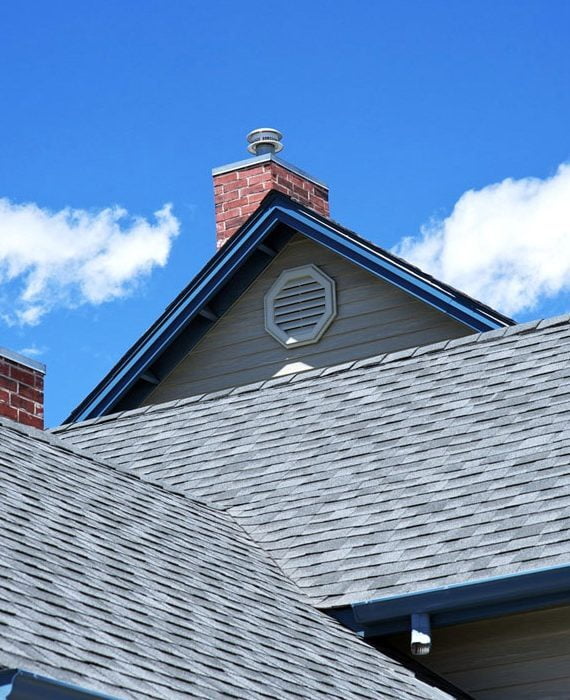When it comes to building restoration and maintenance, ensuring a watertight structure is essential. Water damage can lead to structural issues and compromise the safety and longevity of a building.
In this blog, we will provide you with a step-by-step guide to membrane waterproofing, a key component of building restoration services, along with a focus on balcony repair. Whether you're looking for balcony repair services near you or seeking information about waterproofing materials and techniques, this guide has got you covered.
How Important is Waterproofing ?
How Important is Waterproofing ?
Waterproofing is of utmost importance when it comes to construction and building maintenance. Its significance cannot be overstated, as it plays a vital role in protecting structures from water damage and its associated consequences. Here are some reasons why waterproofing is crucial:
1. Prevents Structural Damage: Water infiltration can cause significant damage to buildings over time. It can weaken the structural integrity, leading to cracks, mold growth, and deterioration of building materials. Waterproofing acts as a barrier, preventing water from seeping into the structure and safeguarding it against potential damage.
2. Preserves Property Value: A well-maintained and waterproofed building retains its value over time. Waterproofing not only protects the structure but also enhances its longevity. By preventing water damage, it minimizes the need for costly repairs and ensures the building maintains its aesthetic appeal and functionality.
3. Health and Safety: Water intrusion can lead to the growth of mold, mildew, and other harmful microorganisms. These can pose health risks to occupants, especially those with respiratory issues or allergies.Waterproofing companies eliminate the conditions that promote mold growth, creating a healthier and safer living or working environment.
4. Energy Efficiency: Water leakage through cracks and gaps can also impact the energy efficiency of a building. It can lead to increased humidity levels and contribute to thermal bridging, making heating and cooling systems less effective. Waterproofing helps maintain a controlled indoor environment, reducing energy consumption and improving energy efficiency.
5. Cost Savings: Investing in waterproofing can result in significant long-term cost savings. By addressing potential water-related issues early on, you can prevent expensive repairs and renovations in the future. Waterproofing is a proactive measure that protects your investment and minimizes the risk of major financial burdens down the line.
6. Peace of Mind: Knowing that your building is properly waterproofed provides peace of mind. It eliminates worries about water damage, leaks, and related issues that can disrupt your daily life or business operations. Waterproofing offers reassurance that your structure is well-protected against the unpredictable nature of water.
A Step- by- Step Guide of Waterproofing
A Step- by- Step Guide of Waterproofing
Step 1: Assessing Balcony Condition
Before embarking on any repair work, it is crucial to assess the condition of your balcony. Look for signs of damage such as cracks, leaks, or deteriorating surfaces. Identify areas that require repair and take note of any waterproofing issues that need to be addressed.
Step 2: Balcony Repair Services
To ensure the structural integrity of your balcony, it is important to hire professional balcony repairservices. Look for reputable contractors or companies specializing in building restoration and balcony repairs. Choose a service provider with expertise in waterproofing and membrane application to ensure a thorough and effective repair process.
Step 3: Building Restoration Services
For complex restoration tasks, it's wise to seek the assistance of professional building restoration services. These experts have the knowledge, skills, and tools required to tackle a wide range of restoration projects effectively. When searching for balcony repair services near you, consider reputable contractors who specialize in waterproofing and have a track record of successful projects.
Step 4: Membrane Waterproofing
Membrane waterproofing is a widely used technique to protect balconies and other structures from water damage. There are various types of waterproofing membranes available, including liquid membrane and concrete waterproofing membrane. Liquid membrane waterproofing is a flexible and easy-to-apply solution that provides excellent protection against water intrusion. Concrete waterproofing membrane, on the other hand, offers long-lasting durability and strength.
Step 5: Surface Preparation
Proper surface preparation is key to achieving effective waterproofing. Thoroughly clean the surfaces, removing any debris, dirt, or loose materials. Repair any cracks, holes, or damaged areas using suitable materials. Our caulking professionals ensure the surfaces are smooth and free from irregularities that could hinder the adhesion of the waterproofing membrane.
In Conclusion, Waterproofing is a vital step in ensuring the longevity and integrity of a building. By following this step-by-step guide, you can confidently undertake waterproofing projects, especially when it comes to balcony repair and building restoration services. Remember to assess the building's restoration needs, seek professional assistance when necessary, understand different waterproofing methods, prepare the surfaces meticulously, apply the appropriate membrane, and prioritize regular maintenance. With a watertight structure, you can protect your investment, enhance its lifespan, and enjoy peace of mind for years to come.


